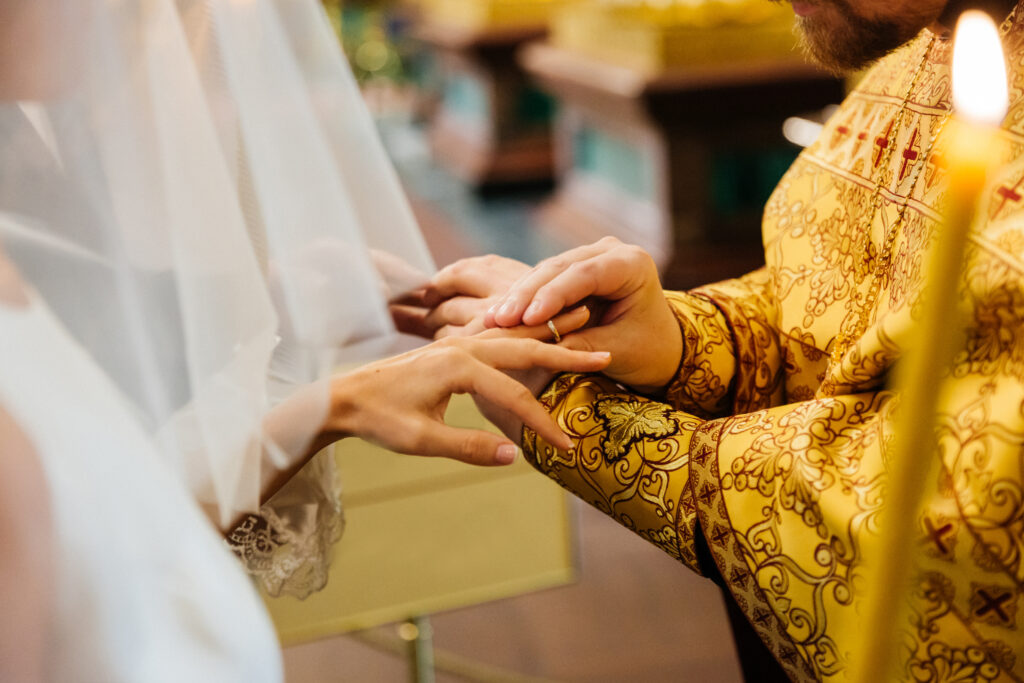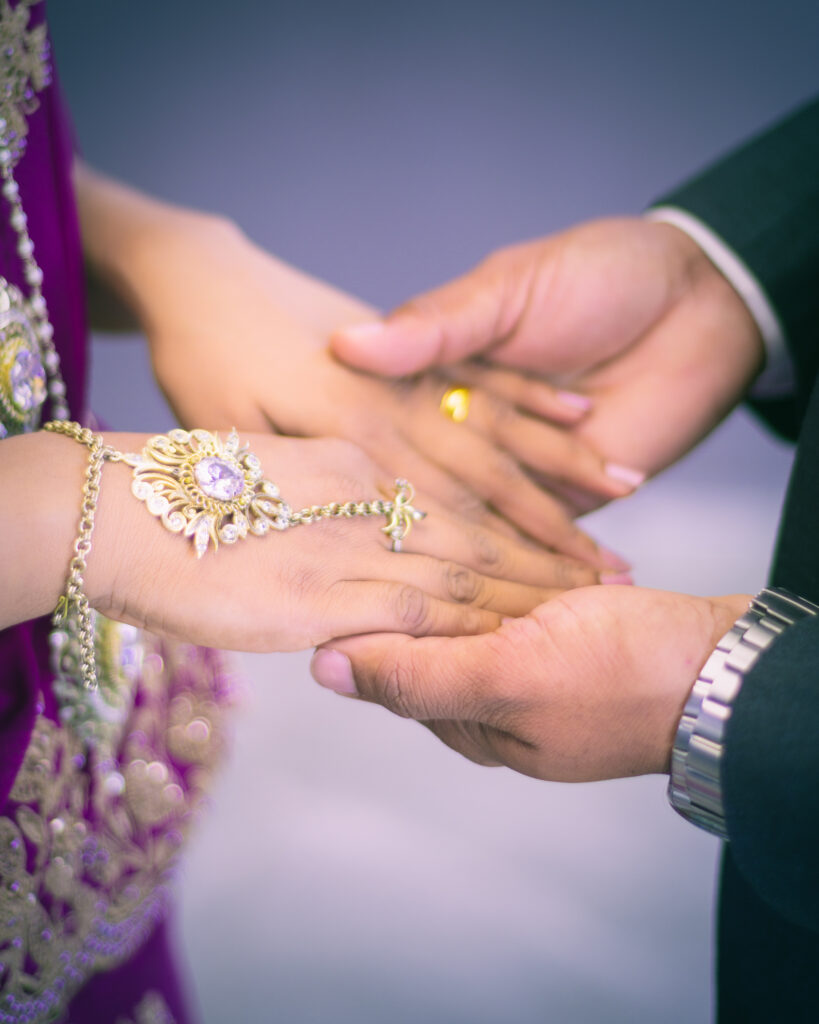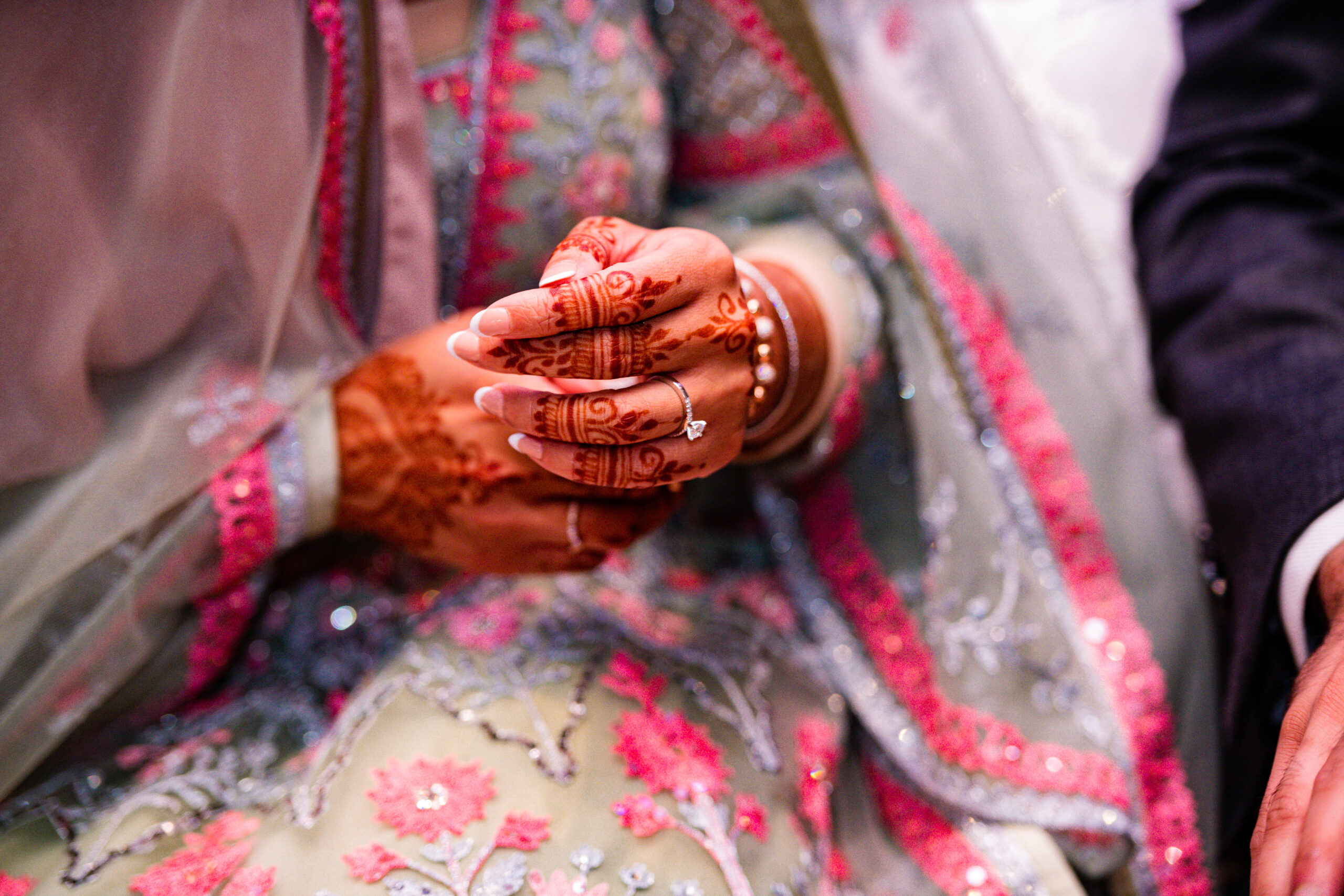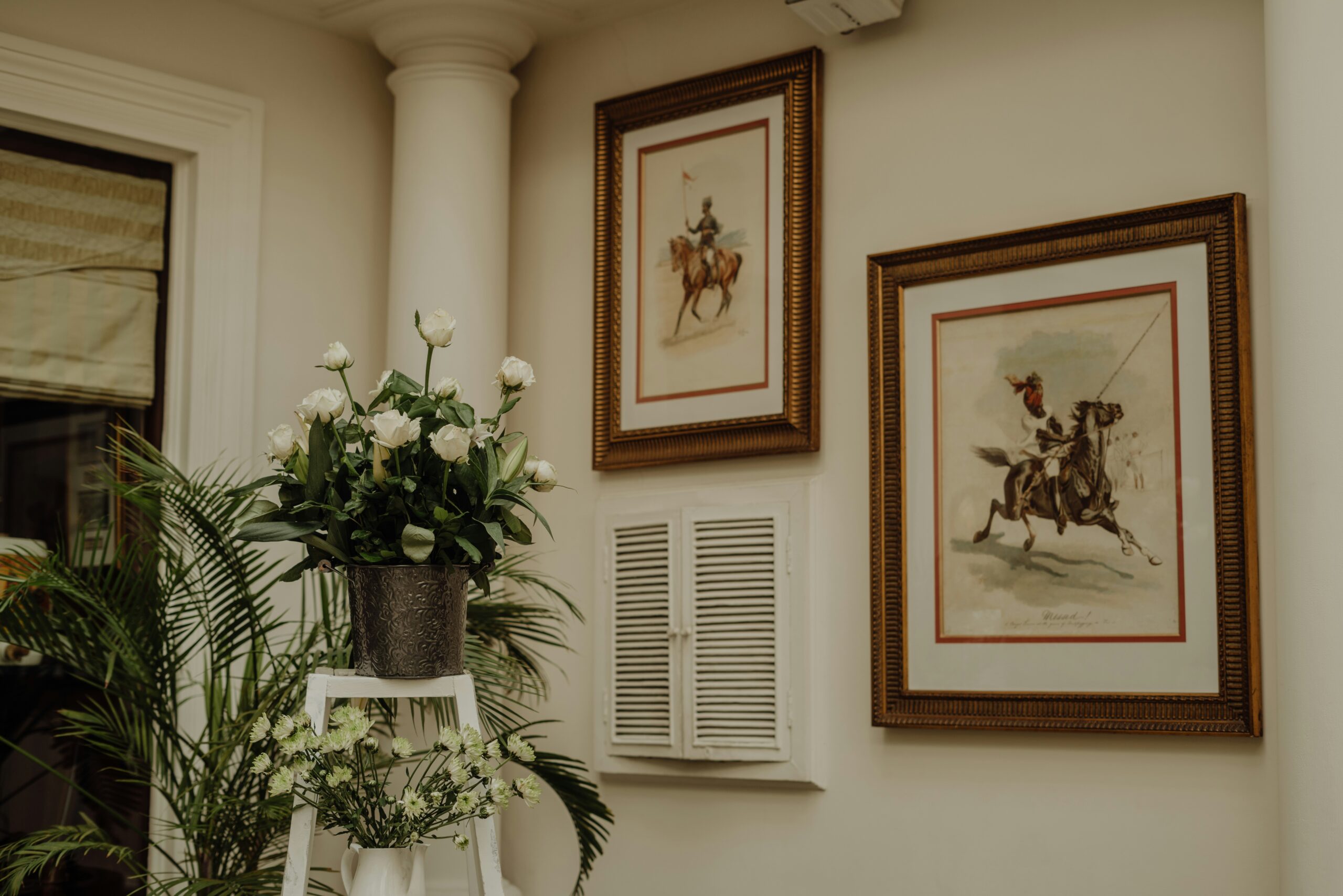Muslim weddings are vibrant celebrations filled with centuries-old customs that bind families together. Among these cherished traditions, ruksiti stands out as one of the most emotionally charged moments in South Asian Muslim matrimonial ceremonies. This sacred farewell ritual marks a profound transition in a bride’s life, representing both an ending and a beautiful new beginning.
What Is Ruksiti? The Sacred Farewell Explained
Ruksiti, derived from the Arabic word “rukhsa” meaning “permission to leave,” represents the moment when a Muslim bride officially departs her childhood home to begin married life with her husband’s family. This Islamic wedding custom goes far beyond a simple goodbye—it’s a deeply meaningful ceremony that symbolizes the bride’s transformation from daughter to wife.
The ruksiti ceremony encompasses several key elements that make it one of the most significant Pakistani wedding traditions. During this emotional moment, families gather to witness the bride’s departure, often accompanied by tears of joy and heartfelt duas (prayers) for her future happiness. The ritual serves as both a celebration of new beginnings and an acknowledgment of the sacrifices inherent in traditional marriage arrangements.
Unlike the nikah ceremony, which serves as the official Islamic marriage contract and religious requirement, ruksiti functions primarily as a cultural tradition deeply embedded in South Asian Muslim communities. However, its emotional significance in Muslim matrimonial customs cannot be overstated, particularly in countries like Pakistan, India, and Bangladesh where these wedding rituals hold special importance.
The Cultural and Spiritual Significance of Ruksiti
An Emotional Journey
For brides experiencing their ruksiti, this moment often represents the most emotionally intense part of their entire wedding celebration. The ceremony acknowledges the reality that she’s leaving behind everything familiar—her parents’ protection, her siblings’ companionship, and the comfort of her childhood home. In many traditional households, female relatives may symbolically hold onto the bride, representing their reluctance to let her go and emphasizing the gravity of this life transition.

Islamic Prayers and Blessings
Before the ruksiti begins, many couples perform nafl prayers together, seeking Allah’s blessings for their upcoming married life. These voluntary prayers demonstrate the spiritual foundation underlying Muslim wedding ceremonies. Family members also offer special duas for the bride’s protection, happiness, and successful integration into her new family.
The Welcome Home Tradition
Once the bride arrives at her new residence, Islamic wedding customs typically include a warm welcome from her in-laws. Sometimes a Quran is held above her head as she enters, symbolizing divine protection and blessings for her new journey. This welcoming ritual reassures the bride’s family that their daughter is entering a loving, religiously-grounded environment.
The Symbolic Doli Tradition
Traditional ruksiti ceremonies sometimes feature a doli—an ornately decorated palanquin that carries the bride to her new home. While modern couples typically use decorated cars instead of traditional doli carriages, the symbolic meaning remains unchanged: a ceremonial journey from one life phase to another.
Modern Adaptations of Ruksiti Traditions
Contemporary Muslim couples are reimagining ruksiti rituals to align with modern lifestyles while preserving their cultural essence. These evolving Pakistani wedding traditions reflect changing social dynamics and practical considerations.
Postponed Ruksiti Ceremonies
Many modern couples choose to delay their ruksiti for various practical reasons including educational pursuits, career development, or immigration procedures. Since Islamic law considers the marriage complete after the nikah ceremony, couples have flexibility in timing their ruksiti according to their circumstances.
Independent Living Arrangements
Breaking from traditional patterns where brides immediately join extended family households, some contemporary couples establish independent homes or even temporarily live with the bride’s family. These arrangements reflect changing perspectives on Muslim matrimonial customs and gender roles within marriage.

Intimate Farewell Celebrations
Rather than elaborate public ceremonies, some brides prefer smaller, more personal ruksiti moments. These intimate gatherings focus on meaningful family connections rather than grand displays, allowing for deeper emotional exchanges between immediate family members.
Inclusive Wedding Rituals
Progressive families now include grooms in farewell traditions, recognizing that both partners are beginning new lives together. This evolution in Islamic wedding customs acknowledges marriage as a mutual transition rather than solely the bride’s departure from her family.
Technology-Enhanced Ceremonies
Global marriages have introduced virtual elements to ruksiti celebrations, with families live-streaming ceremonies for distant relatives. These technological adaptations ensure that extended family members can participate in important wedding rituals regardless of geographical limitations.
Understanding Related Muslim Wedding Terms
To fully appreciate ruksiti within the context of Islamic matrimonial traditions, it’s helpful to understand related concepts:
The nikah ceremony serves as the official religious marriage contract, legally binding couples according to Islamic law. Walima receptions represent the celebratory feast typically hosted by the groom’s family after the marriage. Mehndi celebrations and henna ceremonies often precede the ruksiti as part of comprehensive Pakistani wedding traditions.
Doli ceremonies specifically refer to the traditional transportation element of ruksiti, while Islamic marriage customs encompass the broader framework of religious and cultural practices surrounding Muslim weddings. Understanding these interconnected elements provides insight into how ruksiti fits within the larger tapestry of Muslim matrimonial ceremonies.
Why Ruksiti Remains Relevant in Modern Muslim Marriages
Despite evolving social norms, ruksiti continues to hold profound meaning in contemporary Muslim weddings. This enduring relevance stems from its ability to honor both tradition and personal growth, creating space for families to express love, hope, and commitment to supporting the newlyweds.
For brides, ruksiti represents a courageous step into unknown territory, trusting in their families’ choices and their own strength to build successful marriages. For parents, the ceremony embodies both pride in raising a daughter ready for marriage and the natural sadness of seeing her begin an independent life journey.
The tradition also emphasizes marriage as a union between families, not just individuals. This perspective on Muslim matrimonial customs reinforces community bonds and creates support networks essential for successful long-term relationships.
Contemporary Perspectives on Traditional Wedding Rituals
Modern interpretations of ruksiti demonstrate how Islamic wedding customs can evolve while maintaining their essential spiritual and emotional significance. Whether celebrated through tears and traditional prayers or adapted with contemporary elements, ruksiti ceremonies continue serving their fundamental purpose: marking the transition into married life with dignity, blessing, and family support.
Some couples now create personalized ruksiti experiences that blend traditional elements with their unique circumstances. These might include special poetry readings, customized blessing ceremonies, or culturally fusion elements that honor both partners’ backgrounds in intercultural marriages.
Planning Your Own Ruksiti Ceremony
For couples planning their Pakistani wedding traditions, consider how you want to approach your ruksiti ceremony. Discuss with your families which elements feel most meaningful to you, whether you prefer traditional approaches or contemporary adaptations.
Remember that the most important aspect of any ruksiti is its emotional authenticity rather than elaborate presentation. Focus on creating moments that genuinely reflect your values, relationships, and hopes for your marriage journey ahead.
Frequently Asked Questions About Ruksiti
Can ruksiti happen separately from the nikah ceremony?
Absolutely. Many couples perform their nikah first and schedule ruksiti weeks, months, or even years later based on their personal circumstances and practical considerations.
Is ruksiti required according to Islamic law?
No, ruksiti is primarily a cultural tradition rather than a religious obligation. While deeply meaningful in South Asian Muslim communities, it’s not mandated by Islamic jurisprudence.
How does ruksiti differ from walima celebrations?
Walima refers to the wedding feast and celebration, while ruksiti specifically focuses on the bride’s farewell and departure from her family home. Both are important components of comprehensive Muslim wedding celebrations.
Do all Muslim cultures practice ruksiti?
Ruksiti is most common among South Asian Muslim communities. Arab Muslim weddings may include similar concepts called “dukhul,” but specific practices vary significantly across different cultural traditions.
What should guests expect during a ruksiti ceremony?
Guests typically witness an emotional farewell between the bride and her family, prayers for the couple’s future, and the bride’s ceremonial departure. The specific format varies based on family traditions and personal preferences.














